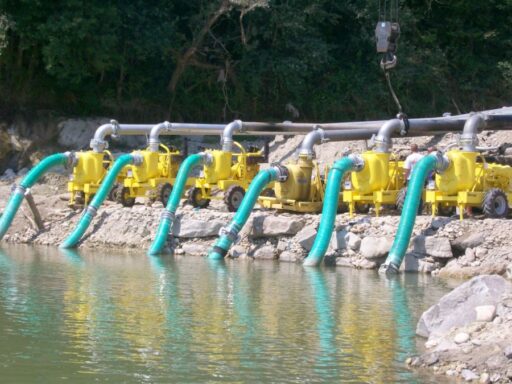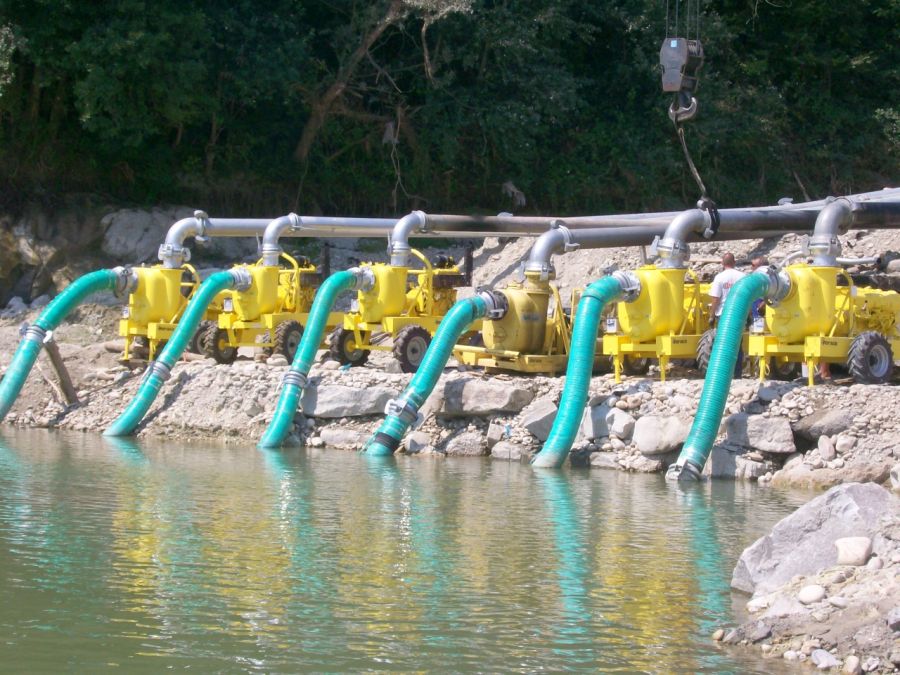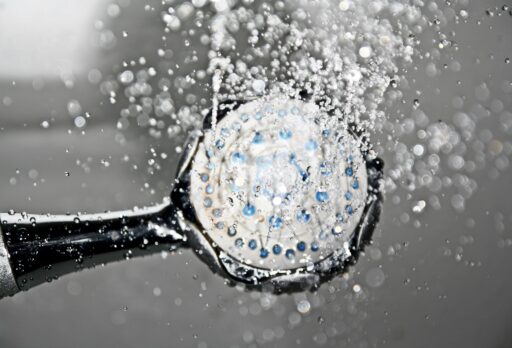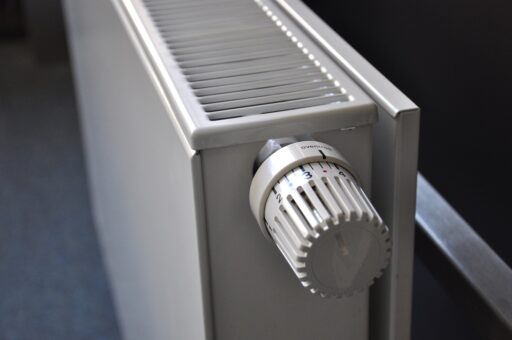Self-priming pumps are a staple of the pumps industry. From important environmental sustainability projects (water desalination plants) to huge commercial operations (petrochemical plants), self-priming pumps are incredibly important for many different people in many different environments.
If, for whatever reason, you are not overly familiar with self-priming pumps and how they work, don’t worry. Before we get into the best ways to utilise self-priming pumps, we will first provide an explanation of exactly what self-priming pumps are and how they work.
A self-priming pump is a form of centrifugal pump, the other of which is positive displacement pumps. Centrifugal pumps use centrifugal force to generate a pressure differential in a liquid. This pressure differential causes the liquid to move from an area of higher pressure to an area of lower pressure, allowing centrifugal pumps to pump fluids from one area to another.
A (non-self-priming) centrifugal pump requires its casing to be completely submerged in liquid for it to be able to operate properly. As air is far harder to pump than liquid, the presence of air in a (non-self-priming) centrifugal pump renders it air bound. Meanwhile, a self-priming pump is able to operate in an air-water mixture by transforming this mixture into a fluid that can be pumped.
Self-priming pumps have their in-built water reservoir to thank for this ability. The reservoir of water allows self-priming pumps to recirculate water within the pump at will, ridding the pump of the air that prevents it from operating whenever necessary. For this reason, self-priming pumps have the rare distinction of being able to turn a previously unpumpable mixture of air and water into a fluid that it can comfortably exercise control over.
Self-priming pumps’ ability to work in a mixture of air and water makes them far more versatile than their non-self-priming counterparts, which allows them to work in a broader range of environments. In industrial chemical processes, a lot of the chemicals involved are volatile, making the ability to self-prime vital when air does seep into centrifugal pumps. Similarly, the number of air entrained liquids involved in the paper-making process makes self-priming pumps a common sight in paper mills across the world. As well as being suited to these industries, self-priming pumps are also popular in the wastewater treatment field amongst others.
At Pump Sales Direct, we have a range of only the highest quality self-priming pumps available at the most affordable prices. If you require any more information on any of these products, please do not hesitate to contact us – one of our helpful and knowledgeable team will be on hand to help. You can get in touch by telephone, email or through this contact page.






